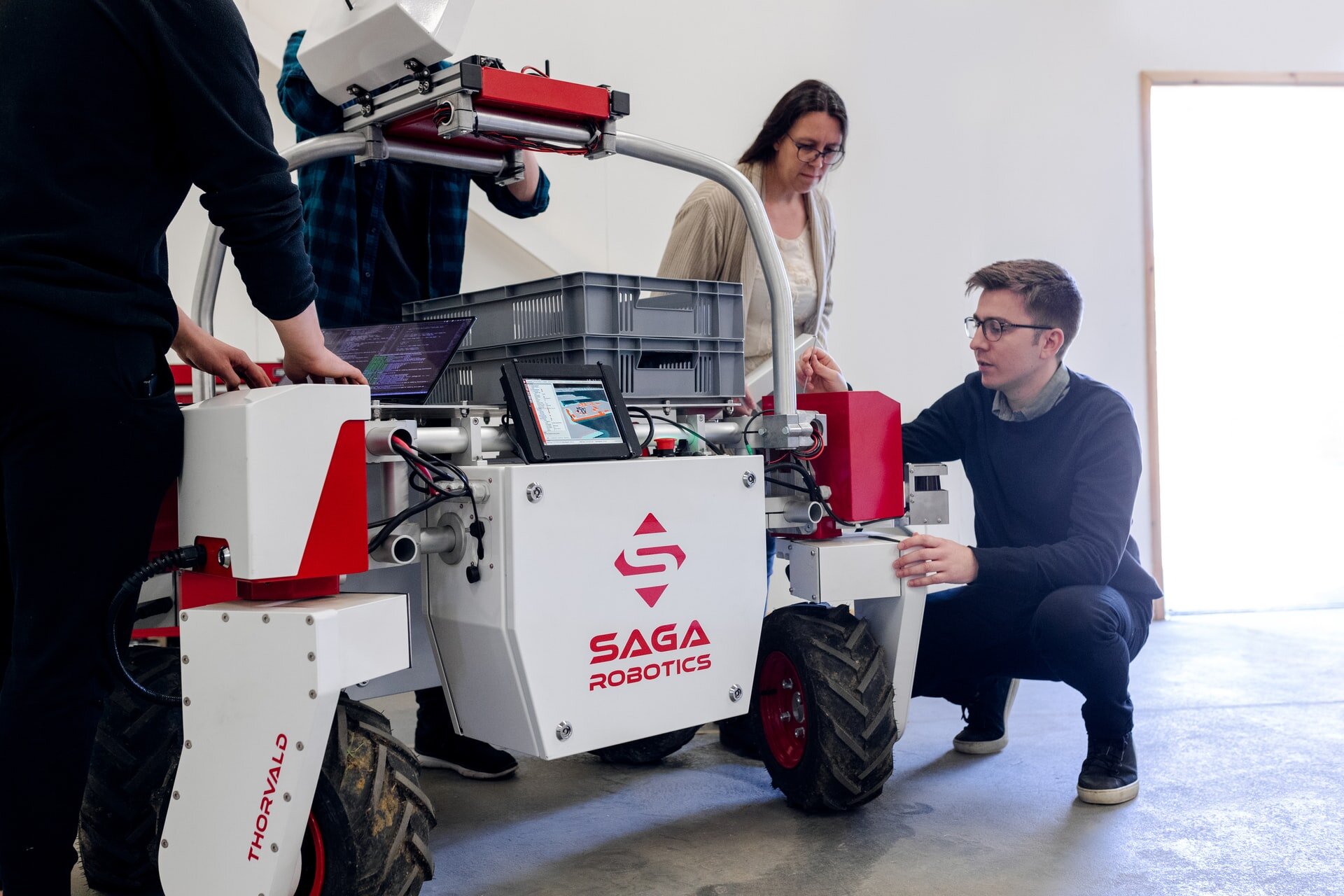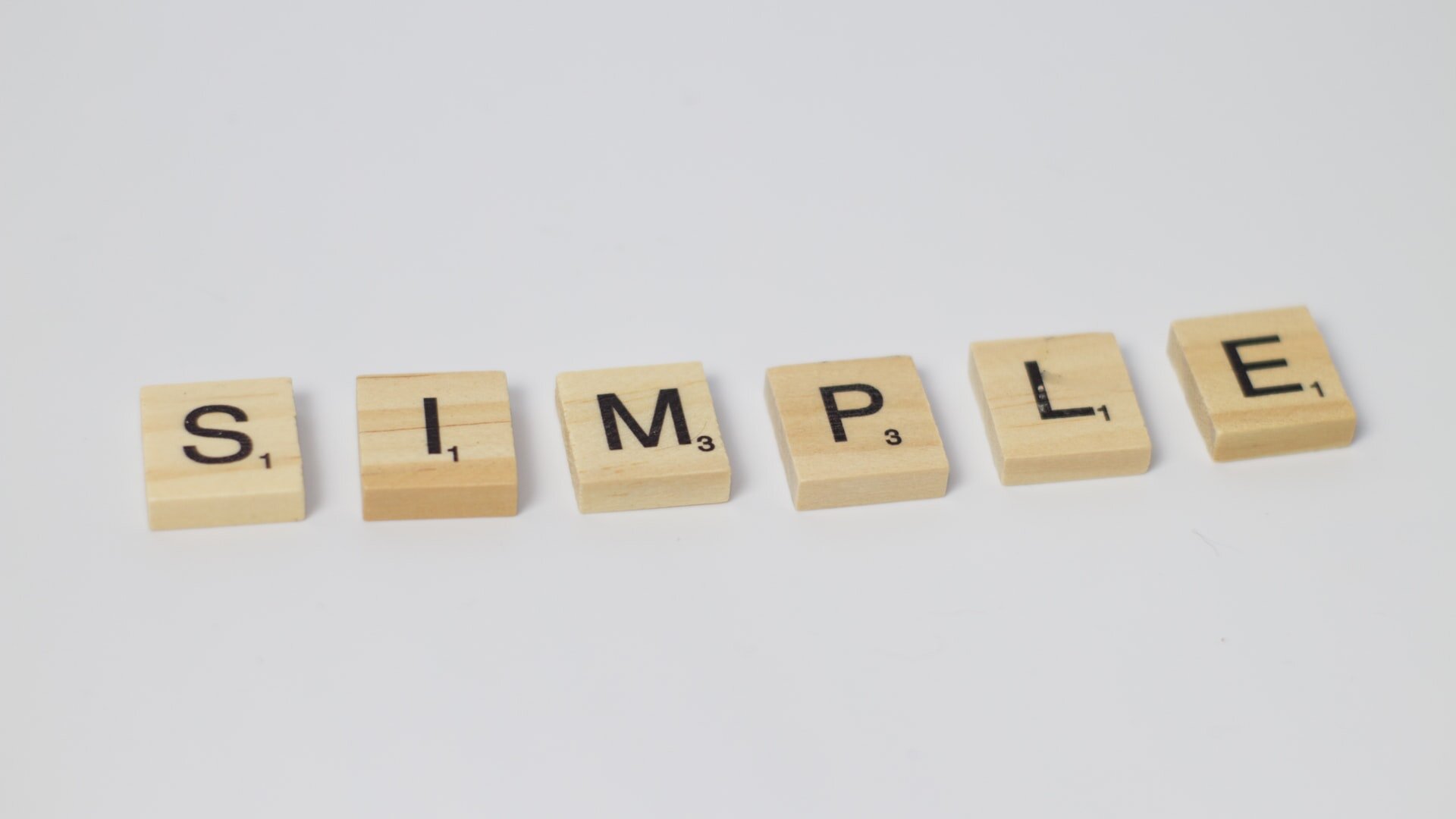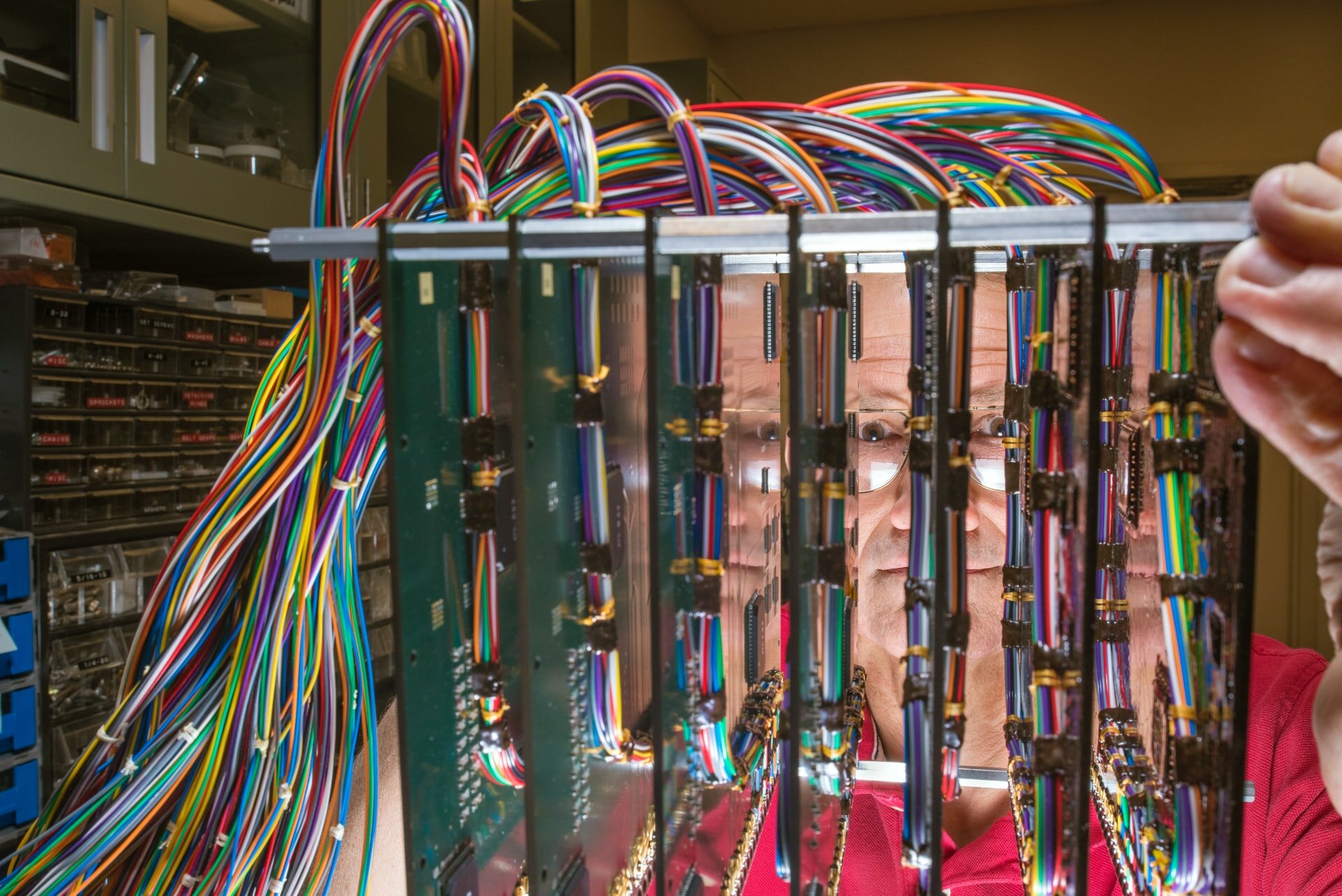
Evolution over Intelligent Design
Guessing to Perfection
Unilever story taken from Matthew Syed’s great book “Black Box Thinking”
“Unilever had a problem. They were manufacturing washing powder at their factory near Liverpool in the usual way. Boiling hot chemicals are forced through a nozzle at super-high levels of pressure and speed out the other side; as the pressure drops they disperse into vapour and powder… But the nozzles didn’t work smoothly. They were inefficient, kept blocking and made detergent grains of different sizes.
So they turned to their crack team of mathematicians… experts in high pressure systems, fluid dynamics and other aspects of chemical analysis. These are the kind of people we generally turn to when we need to solve problems [subject matter experts].
They delved ever deeper into the problem, derived sophisticated equations. They held meetings and seminars. And, after a long period of study, they came up with a new design…. it didn’t work.
In desperation Unilever turned to its team of biologists. These people had little understanding of fluid dynamics. They knew nothing of the physics of phase transition but they had a profound understanding of the relationship between failure and success.
They took ten copies of the nozzle and applied small chances to each one, and then subjected them to failure by testing them… They then took the ‘winning’ nozzle and created ten slightly different copies, and repeated the process. After 45 generations and 449 failures they had a nozzle that was outstanding, working many times better than the original.”
The lessons from this story are clear, Evolution beats Intelligent Design, and you’ll see the same message over and over again in many examples. Testing and experimentation is a critical part of any new design and is often a driving factor behind it’s direction. James Dyson produced 5,127 prototypes to get his cyclone vacuum cleaner to function as he hoped. That was 5,127 different experiments, just like the Unilever Biologists, he knew he had to iterate his way with trial and error to perfection. For Dyson though the experimentation has never stopped. There have been countless prototypes since that first creation and the product has become better and better, with new versions released every year.
The biggest challenge I find as an engineer and designer is stopping myself from delving too deeply into the Intelligent Design pool. I’m a smart guy (I tell myself) surely I can design an elegant solution to this problem? I might be able to, but without experimentation I won’t know if it’s worked and what I find 9 times out of 10 is I should have stopped designing and started experimenting sooner. A complex problem has an unknown number of unknowns and I’m not smart enough (I don’t think anyone is) to work it all out on paper before we start building the solution.
Stop thinking like a design and start thinking like a biologist, evolve your way to perfection.
More Darwin, less Picasso.
It is not possible to prove analytically that a new idea is a good one in advance.
Charles Sanders Peirce (1839–1914) - Founder of American pragmatism

Make it to Design it.
Frequency of prototyping is directly related to design confidence.
Without it, all you’re doing is building false confidence.
You simply won’t get it right first time without building it, trying it and thinking hard about what’s in front of you. Something unexpected will always come up, whether that’s to do with its use, its assembly, its appearance, its weight, etc… There are too many factors to consider to ever expect it to be right first time.
The trick to successful prototyping is to do it earlier than you would expect, before you started getting bogged down in the little details. Yes the design isn’t finished and yes it’s not quite right. But if it doesn’t work the little details won’t save it.
This happens frustratingly often and every minute spent continuing to design something that doesn’t work is time wasted. You’ll know when it’s happened when you look at what you’ve made and you get that sinking feeling as it dawns on you that the last 5 minutes, 5 hours, 5 days, 5 weeks, 5 months or 5 years have been a complete waste of time.
Don’t forget it, it’ll make you a better designer next time.
Design & Prototyping Example: Building a Better Swing.
It’s COVID lockdown, sunny and with bored kids… what do they want to do? Play on the swings all day. But they aren’t old enough to do it themselves, so they need me to push them… all the time! So lets have a silly task to see how many ideas I could generate to come up with a solution to this problem.
Video 1 Notes:
Coming up with some ideas for how to help me push a child’s swing or how to do it automatically so I don’t need to. A simple problem and my first time ever filming my own creative process.
This was recorded with no warm-up and the idea of the problem to solve came to be by looking out the window just before turning the camera on.
Some approaches or tools used in this session:
No specific methodology used here, I started at the physical top of the swing and worked my way down from the hinges, ropes and to the seat.
Things I learnt through doing this:
Speaking whilst thinking is hard, speaking sense even harder!
Using a pencil is too faint to see on camera, will try with a pen next time
Filming the process and then watching it back was very effective in having more ideas. As I said I’ve never filmed myself like this before and so it was fascinating to me to see the effect it has had on my creative thought process.
Will definitely need to do a follow up videos I’ve had lots of ideas straight after this one.
Video 2 Notes:
As soon as I had finished the first video, new ideas kept coming to me. This is natural, ideas tend to come from your unconscious mind and that needs time to digest the task. So give yourself time to come up with ideas, don't try to do it all in one closed session. Also sleeping on a problem can be a great way for your unconscious mind to work.
This was recorded again with no warm-up but as a follow up to the part 1 video I recorded the previous day.
What next? Well after any idea session, the logical next step is to start prototyping and testing your ideas and your understanding of the problem. Otherwise you might be committing to an idea that doesn't work or a solution to the wrong problem, so that's what I need to do next.
Some approaches or tools used in this session:
00:00 mins - I start in the same way as before, writing down ideas that had came to me, in no particular order.
05:30 mins - a change of thought, what about reconsidering the idea of a swing itself? Replicating the motion of a swing but without the conventional ropes and seat.
09:40 mins - exploring what the problem is, why am I trying to solve this problem in the first place? What is the reason why I need this solution and could this be a source of inspiration. Maybe I don't need something to push the swing for me, instead I just need to make the act more enjoyable so that I don't mind doing it?
12:40 mins - similarly if my kids were having more fun on it, then I might be more inclined to keep doing it. So looking at the perspectives of different users / stakeholders can be another source of idea inspiration.
Things I learnt through doing this:
I need to mount the camera somewhere more secure, it was fitted to an angle poise lamp which very slowly drooped down during the recording, meaning you can't see what I'm doing by the end. Whoops.
Unsurprisingly I produced more ideas on the second time, you might think I have fewer options now but I've also had much more time to process the task and let my unconscious mind wander on the issue.
Prototyping is part of idea generation.
After generating initial ideas, move to a prototype and experimental phase as quickly as you can. This early testing should be quick and rough, with a high chance of many unhelpful results but also a high chance of discovering new ideas and new considerations.
Idea generation is of very little value if there is no prototyping of some sort involved as well.
No noticeable improvement, but a helpful safety idea to prevent kids swinging too high when older.
Very effective swing generator and more fun for the adult. Elastic bungee cord works well and you can adjust the tension based on the child’s fondness for acceleration.
Example Conclusion:
Tying all the swings together with thick elastic bungee cord (string doesn’t work well) creates a fun exaggerated swing effect when the energy from the heavy lump in the middle transfers over to the lighter lumps either side.
A guided missile rather than a sniper’s bullet, the “Ballistic Model of Success”
Professor David Lane, Henley Business School, came up with this metaphor for the perfect project execution, he called it the Ballistic Model of Success… the process is simple and we see very similar process steps (although with different terms) in the majority of design process models:
Define the target
Design a rifle
Build the rifle
Load the rifle
Calculate the trajectory allowing for distance, gravity and wind speed
Fire, with sniper like precision
In the minds of many, this is how we should run projects. Clear thinking and precise planning lead to success.
Sadly it doesn’t tend to work, despite how logical it seems.
The main problems are due to:
Complexity - Projects, particularly novel ones, are often complex, or at the least very complicated. It’s increasingly hard to predict and factor in all the different relationships and activities at play.
Speed - The bigger the project the more planning required. The more planning the slower the execution. By the time you finish the project may no longer be needed.
So as an alternative theory Professor Lane proposes the metaphor of a guided missile rather than a speeding bullet. The missile’s big advantage is the direction can be changed mid flight. Think of it like the use of prototyping and experimentation. Unilever’s mathematicians were the metaphorical snipers, whilst the biologists were missile operators. The target was the same but one understood that right from the beginning they would need to adjust course and correct the flight path as they went along. The other thought they could solve it all on the bench before taking a shot.

Isn’t all this obvious?
Well yes, it does seem pretty obvious when it’s explained, shouldn’t we always test our assumptions with experiments? Yes.
However it turns out, according to Matthew Syed’s research, that “there is a profound obstacle to testing, a barrier that prevents many of us from harnessing the upsides of the evolutionary process/ It can be summarised simply, although the ramifications are surprisingly deep: we are hardwired in think that the world is simpler than it really is. And if the world is simple, why bother to conduct tests? If we already know the answers, why would we feel inclined to challenge them?
This tendency to underestimate the complexity around us is now a well-studied aspect of human psychology and it is underpinned, in part, by the so-called narrative fallacy… If we view the world as simpler, we are going to expect to understand it without the need for testing and learning. The narrative fallacy, in effect, biases us towards top-down rather than bottom-up. We are going to trust our hunches, our existing knowledge, and the stories that we tell ourselves about the problems we face, rather than testing our assumptions, seeing their flaws and learning…
The second fallacy [that prevents testing and experimentation] is the fear of failure. You are so worried about messing up {or looking like you’re messing up] that you never even get on the field of play.”
In the world of business and entrepreneurship, the idea of testing assumptions early has been cleverly reinvented by Eric Reis who wrote a book called The Lean Startup where he re-invents the idea of trial and error as something sounding much more tech-y and less failure like: The Minimum Viable Product.
Now you’re not failing, your building an MVP. A subtle change in language that has brought trial and error back into a much needed focus.

Prototyping Techniques
How to do it
There are no limit to the ways in which a prototype can be made or tested. But keep it simple, quick and cheap before becoming complicated, time consuming and expensive.
Functional Prototypes - Getting something to work
A functional model, that tests whether something works can be done in a huge number of ways. Usually the best way is to start with the cheapest and then build up. CAD simulations can be a good approach but only if you have the CAD model to start with and often building the detailed digital model is a waste of time if the design then changes as a result of the testing.
Start with basic materials and test small aspects of the design, building up to more elaborate models and more sophisticated tests. Don’t dive in at the deep end.
Appearance Prototypes - Seeing how it looks & feels
For many engineers and companies, cardboard or foam models are a great place to start. It’s cheap, quick and very quickly can show you some issues you might encounter such as physical constraints, comfort, will it fit in a cupboard or pocket etc… James Dyson is a big fan of cardboard models often saying “To reduce the cost of designing, engineers use cardboard throughout the design development process.”
Experience Prototypes - Seeing if anyone wants it
The trick here is not to worry about the product or service you’re creating but instead to fake the experience the customer or user will experience… imagine a product that will clean your home without you having to do anything. Could you replicate this experience by (with the owner’s permission) sneaking into their house at night and cleaning it for them. So that when they wake up their experience of the solution is real and genuine. They don’t know how it was done and may believe the cardboard robot prototype did it all, it doesn’t matter. What matter’s is getting genuine test results.
For many years (and perhaps still the case) what customers thought was a clever AI app answering questions on their phone was in fact a giant call centre in India where operators manually answer questions in seconds. Giving the illusion of a breakthrough piece of software. The idea behind this was not to maintain this illusion for ever but to get an AI program to learn from the human answers and then to slowly take over the role and function.







